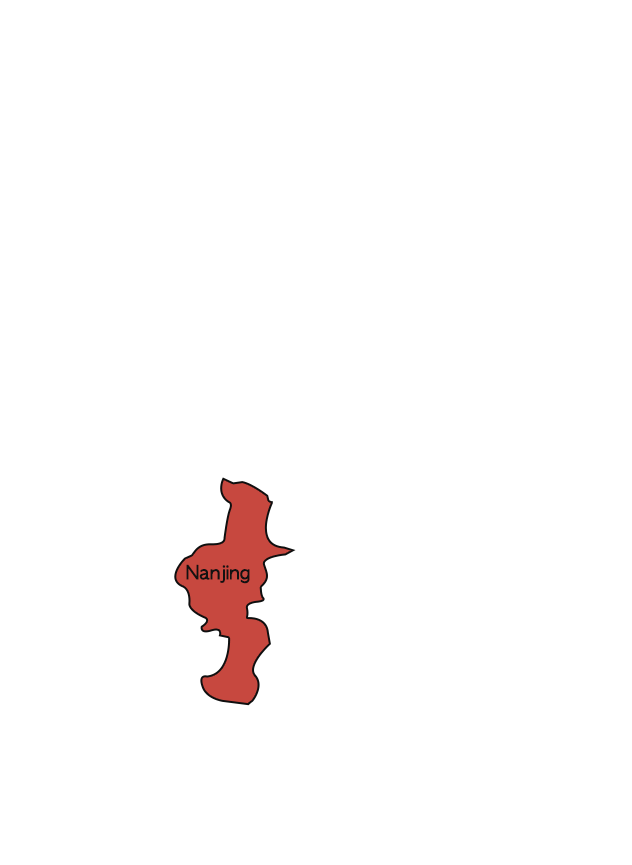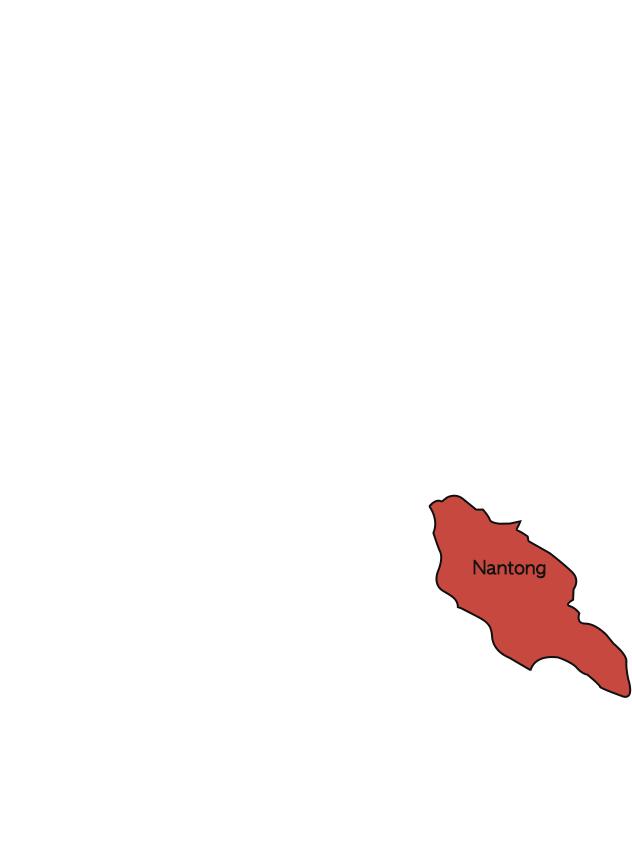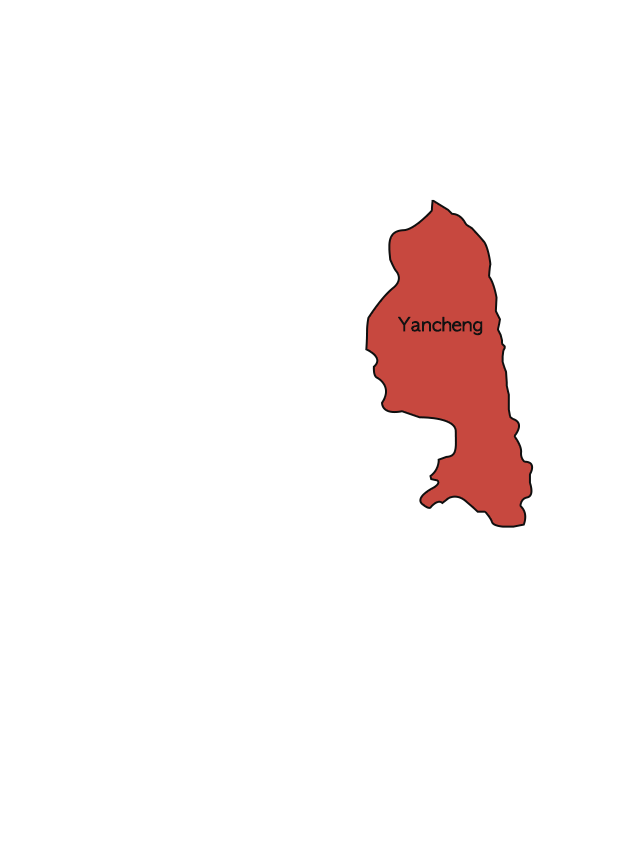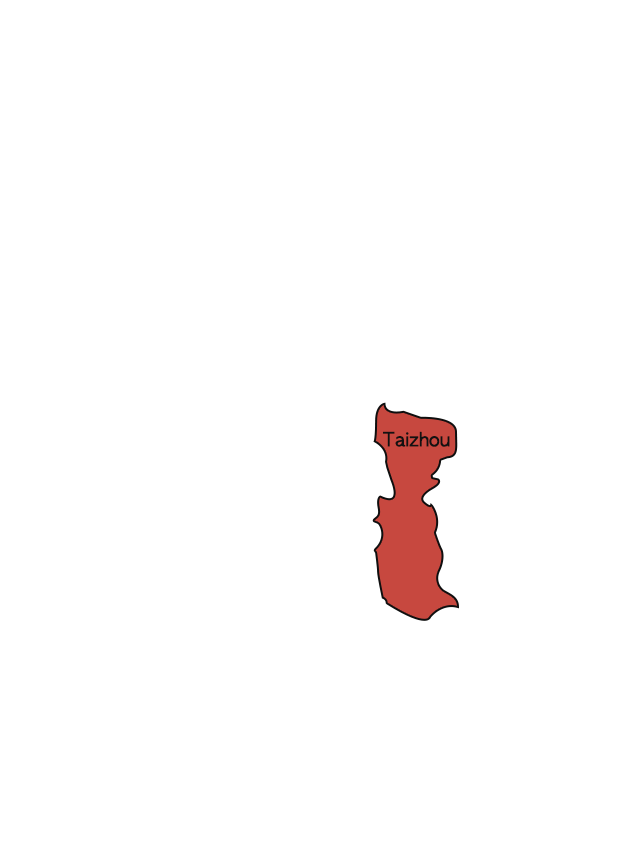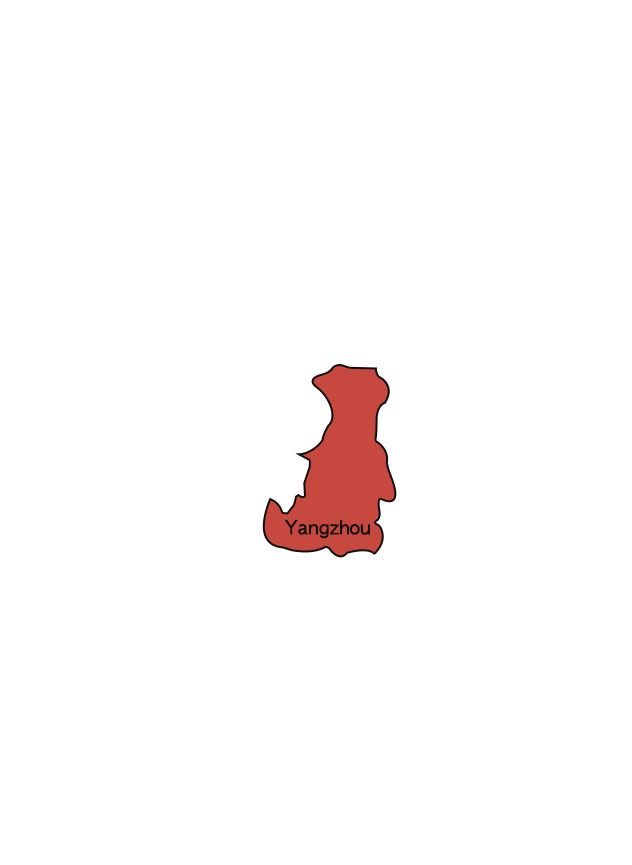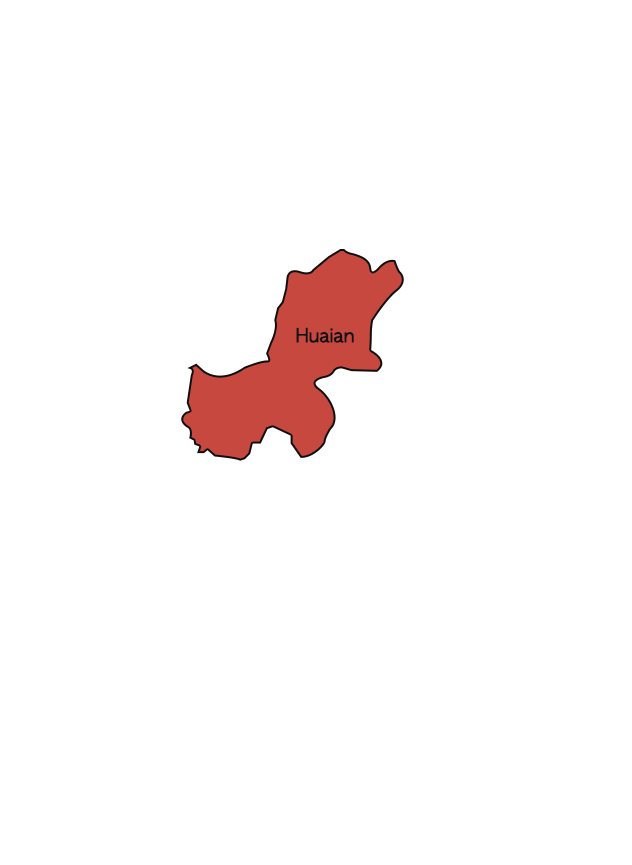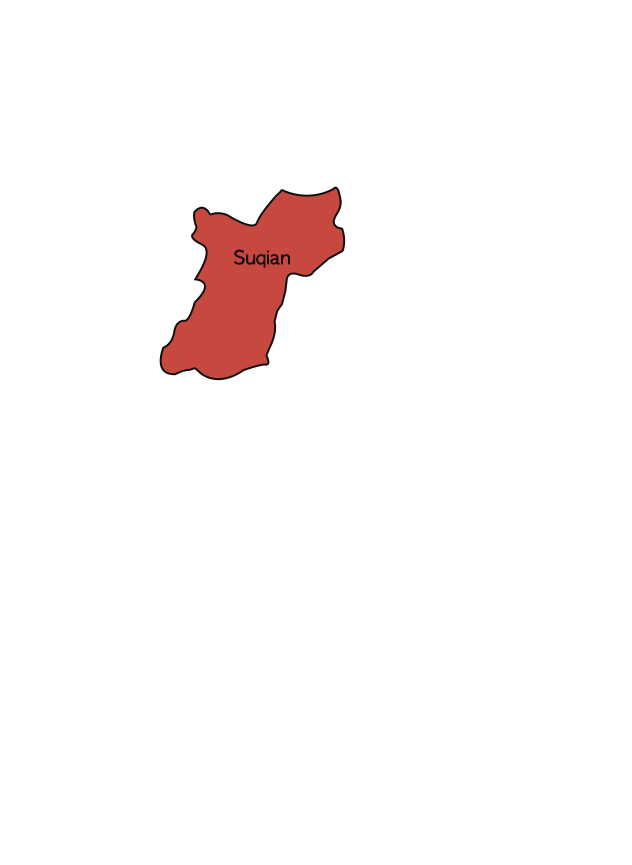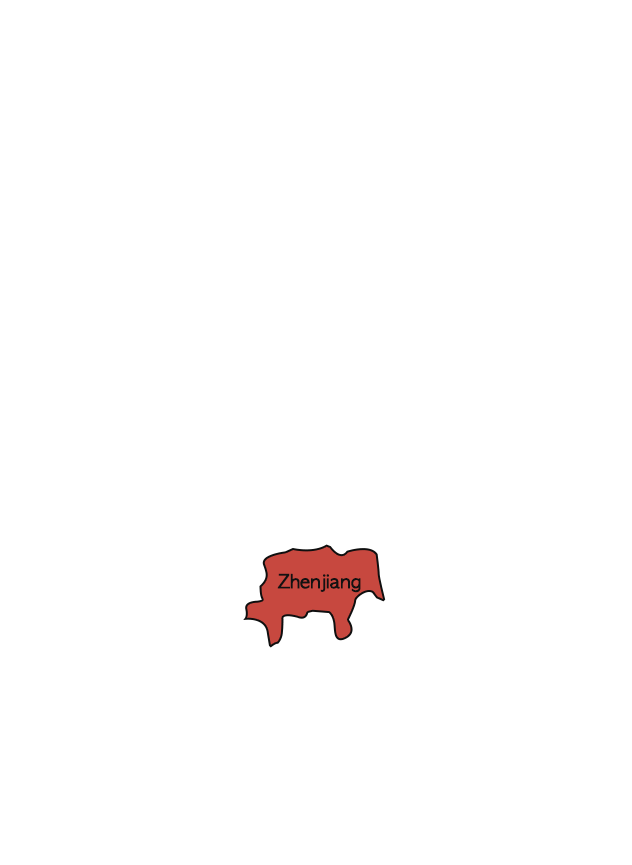Influenced by the natural environment, the north and south of Jiangsu have distinctly different customs and cultures. The southern area fostered the Wuyue culture featuring elegance while the northern area shaped the Han culture characteristic of magnificence as they moved along the course of history. Yet the two areas share a common cultural core that is the harmonious development between man and nature.
The south of Jiangsu represented by Suzhou belongs to the Wuyue culture circle that is marked by soft Suzhou dialect, Suzhou Pingtan and Kunqu opera. The north of Jiangsu exemplified by Xuzhou differs greatly with the south in terms of dialect and culture, where the Peking Opera “Farewell My Concubine”, Pipa Music “Ambush from Ten Sides” and the drama “Song of the Wind” can best represent this cultural style. Sitting at the junction of the two areas is Nanjing, the provincial capital combining the gentleness of the south with the boldness of the north.

In terms of folk culture, Jiangsu embodies the inclusiveness and integration of different customs across the region. Located in the eastern part of the folk culture circle of the Yangtze River Basin, the province’s northern corner is enlightened by Confucianism, and its western part influenced by the mysterious Chu custom of believing in ghosts and gods, while its southern part brims with an atmosphere of gentleness unique to the people in southern China.
Jiangsu’s traditional festivals share the same Chinese traditional customs yet with distinct local characteristics. At the beginning of the New Year, the Qinhuai Lantern Festival in Nanjing is held, during which people linger and enjoy the fascinating sight. During the Qingming Festival, people in Jiangyan celebrate the Qintong Boat Festival to pay tribute to the soldiers defending the territory of the Southern Song Dynasty. As the Dragon Boat Festival comes, residents in Suzhou start to make rice dumplings and hang moxa leaves to pray for their well-being. These marked local customs have been included in the National List of Intangible Cultural Heritage.

Thanks to the dense water network, Jiangsu is endowed with assorted natural products, earning it the reputation of “land of fish and rice”. Jiangsu cuisine mainly consists of aquatic products from rivers, lakes and seas, with a fresh taste, salty and slightly sweet flavour, while keeping the food as delicious as it is.
Mother nature offers Jiangsu different gifts in different seasons. In spring, the puffer fish, shad and swordfish from the Yangtze River are the three most praised delicacies. In summer, crayfish with beer at night stall is regarded as a must-have snack. You can enjoy the Crayfish Festival in Xuyi and hurry to Xuzhou to join the Fu Yang Festival, diving into an array of feasts. In autumn, Yangcheng Lake hairy crabs are the best seasonal dish, together with the Suzhou-style mooncakes, they are perfect for the Mid-Autumn Festival. In winter, a morning tea is a must. You can taste the classical set of dried bean curd threads in consomme, crab soup dumplings and fish soup noodles one by one, and stay warm all day.
In Jiangsu, every season features its unparalleled delicacies.

As the only province with rivers, lakes and seas in China, Jiangsu is nourished by abundant water resources, shaping a gorgeous and colorful natural scenery and earning the reputation of province with great watery beauty. Under the Nanjing Yangtze River Bridge runs eastward the longest river in Asia; alongside Huai’an city dividing the north and south of China flows the millennium-old Grand Canal. In spring, the graceful Taihu Lake is surrounded by colorful blossoms; in autumn, the Hongze Lake celebrates a bumper harvest. The coastal lines of Lianyungang, Nantong and Yancheng are a wonderful place to overlook the boundless sea.
Without doubt, Jiangsu also boasts historical treasures in addition to its natural gifts. The hometown of Xiang Yu in Suqian, the Xuzhou Han Culture Scenic Spot, and the world cultural heritage of Imperial Tombs of the Ming and Qing Dynasties in Nanjing, all these historic sites witness the continuous history in Jiangsu since the Spring and Autumn and Warring States period, to the three Kingdoms, and to the flourishing Ming Dynasty. In China, Jiangsu registers the largest number of historic cities, and each of them is waiting for you to hear her past stories.

Rich natural resources and diversified folk customs have formulated the assorted cultural and tourist activities in Jiangsu. Celebrations are held across cities for festivals in each season while people enjoy seasonal scenery, dishes and festive occasions.
Spring is the golden season for admiring blossoms. You can enjoy the blooming flowers at the Nanjing International Plum Blossom Festival in February and March, the Wuxi Yuantouzhu Cherry Blossom Festival in March and April, and the Taizhou Xinghua Qianduo Rape Flower Tourism Festival from March to May. To enjoy delicacies in summer resorts, Huai’an Xuyi Crayfish Festival in June and “Lianyungang Summer” Culture and Tourism Festival in July and August are both the ideal choice. In the autumn, season of harvest, how can you miss the feast at the Yangcheng Lake Hairy Crab Festival in Suzhou between September and November, or the fantastic seasonal scenes at Nantong Jianghai International Culture and Tourism Festival in October? As to winter and also the beginning of a year, if you would like to experience the celebration of Spring Festival, the largest traditional Chinese festival, you may go to the Qinhuai Lantern Festival in Nanjing between January and February to enjoy the colorful lanterns, or visit the Hanshan Temple in Suzhou to hear the 108 New Year’s chimes on December 31.

